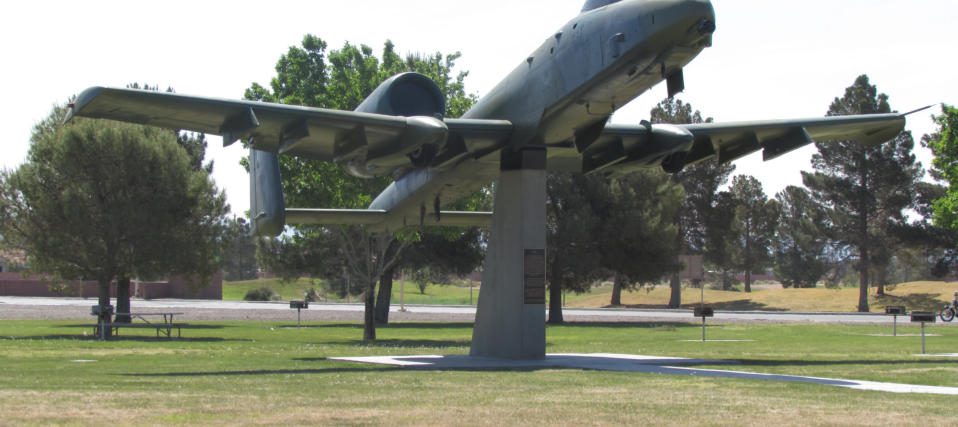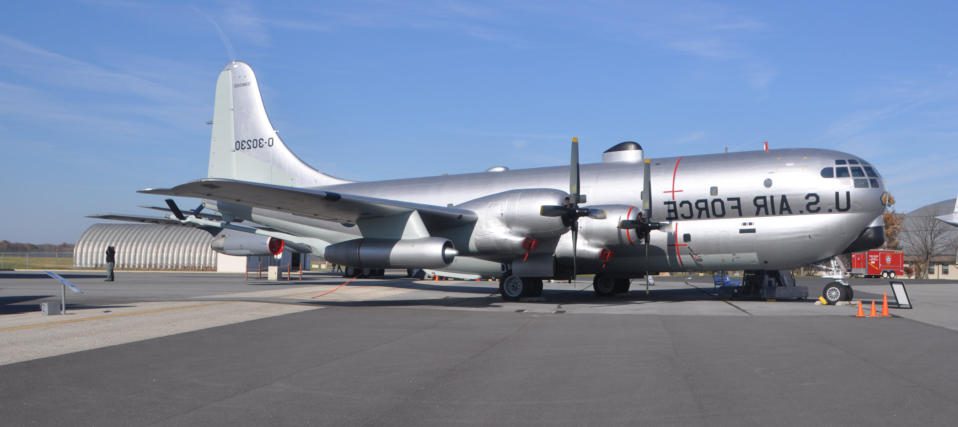Optional Subtitle
Bird Proofing Services
Static Display Aircraft suffer damage from pest birds on a grand scale. The only viable solution is bird proofing.
Failure to bird proof a static display aircraft can lead to all sorts of problems. The droppings pest birds leave seriously detract from a display’s appearance. The acid secretion produced by the fungi that live in bird droppings can mar paint and other surfaces. Cleaning and restoring a static display aircraft damaged by pest birds can be very expensive. Nests and droppings can, over time, permanently stain paint surfaces.
Pest birds find access to the interior of the aircraft and damage the interior as well as make entry to the interior a serious health hazard.Pest birds are also be a health hazard, carrying and transmitting any of 60 known diseases. Sparrows and Feral Pigeons can carry bacteria causing Salmonellosis. Feral Pigeons carry Ornithosis, which is similar to viral pneumonia. Birds, bird droppings and their nesting materials contain insects and mites. These insects can damage property and stored foods. Frequently static display aircraft have interiors that are destroyed by pest birds.
Fortunately, there are a wide variety of effective and humane ways to bird proof a static display aircraft.
One very popular product for persuading pest birds to stay away is the bird spike. Ideal for pigeons and other large birds, some are made of strong, rigid unbreakable polycarbonate, others have marine grade stainless steel spikes. Similar to the spikes is the bird spider. The spider arms move with the breeze, keeping wild birds from landing. The Bird Spiders come in a variety of diameters and install easily. And while they look menacing, spikes and spiders won’t harm birds and are virtually invisible once installed.
Bird netting and screens are additional effective pest bird solutions. Netting and screening are particularly effective for wheel wells and engine intakes since the interior may continue to be viewed by museum visitors. Where the interior does not require viewing, sheet metal covers are commonly fabricated and fastened to the aircraft used to keep out pest birds.
Bird misting systems are now available. Both humane and effective, these bird-hazing systems work by releasing an ultra fine mist into the air that pest birds can’t see and just don’t like. The mist is a chemical called methyl anthranilate, a grape extract that naturally occurs in concord grapes. The extract has been widely used for decades to deter a wide variety of pest birds including, sparrows, pigeons, starlings, crows, blackbirds and geese. Yet it’s safe for people, pets, plants and birds.
Our firm has experience incorporating all these methods of bird proofing to assure that your static display aircraft finish is not destroyed by pest birds.
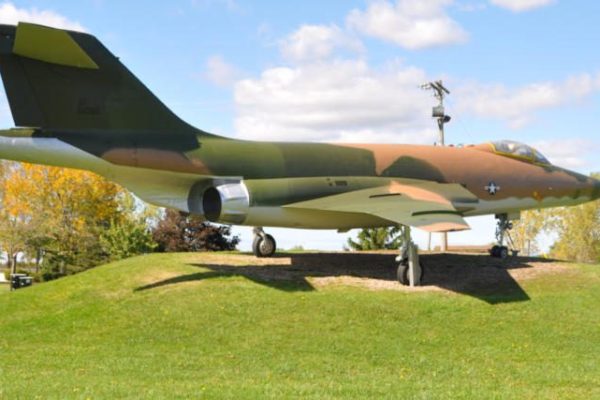

Feature #1
Paint is more than aesthetics; it affects the weight of the aircraft and protects the integrity of the airframe. The topcoat finish is applied to protect the exposed surfaces from corrosion and deterioration. Also, a properly painted aircraft is easier to clean and maintain because the exposed surfaces are more resistant to corrosion and dirt, and oil does not adhere as readily to the surface
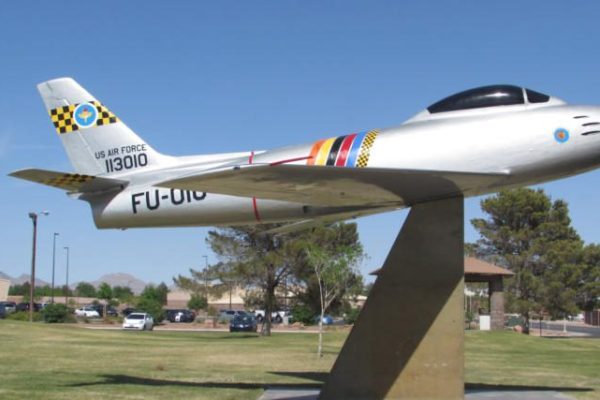

Feature #2
A wide variety of materials and finishes are used to protect and provide the desired appearance of the aircraft. The term “paint” is used in a general sense and includes primers, enamels, lacquers, and the various multipart finishing formulas. Paint has three components: resin as coating material, pigment for color, and solvents to reduce the mix to a workable viscosity
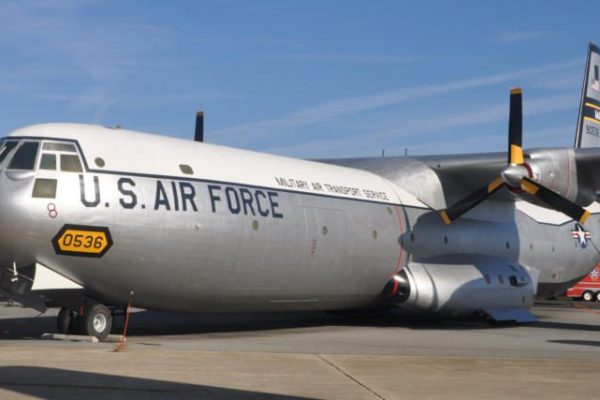

Feature #3
Internal structure and unexposed components are finished to protect them from corrosion and deterioration. All exposed surfaces and components are finished to provide protection and to present a pleasing appearance. Decorative finishing includes trim striping, the addition of company logos and emblems, and the application of decals, identification numbers, and letters.


